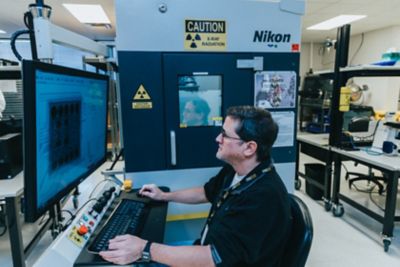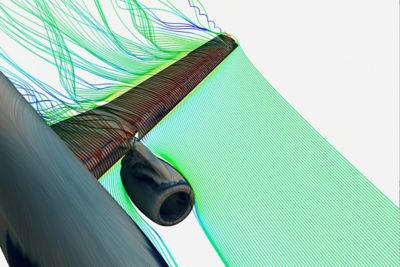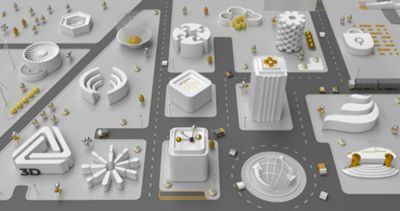Webinar
Improve Productivity with Photonic Inverse Design
Photonic inverse design (PID) uses advanced computational methods to automatically find optimal photonic device geometries. Ansys offers two variants of PID (Parametric Optimization and Topology Optimization), so you can quickly discover designs that improve performance, minimize area and improve manufacturability.
PID is available via Ansys Lumerical’s Automation API, a Python-driven interoperability interface that helps you perform powerful custom analysis, undertake enhanced optimization and visualization, and automate complex workflows. You can build, run and control simulations across multiple Lumerical tools and interface these tools with third-party applications. To improve the performance of PID and custom flows driven by Automation API, Lumerical’s tools work seamlessly with high-performance computing (HPC) for both on-premise and cloud platforms such as Amazon AWS and Microsoft Azure.
This webinar includes an overview of photonic inverse design, the Automation API and Ansys’ support for HPC. It then discusses the many features newly available with the Ansys 2020 R2 release. These include:
- Substantial performance improvements for parametric optimizations with a large number of parameters
- Enforcement of minimal feature size constraints for topology optimizations










